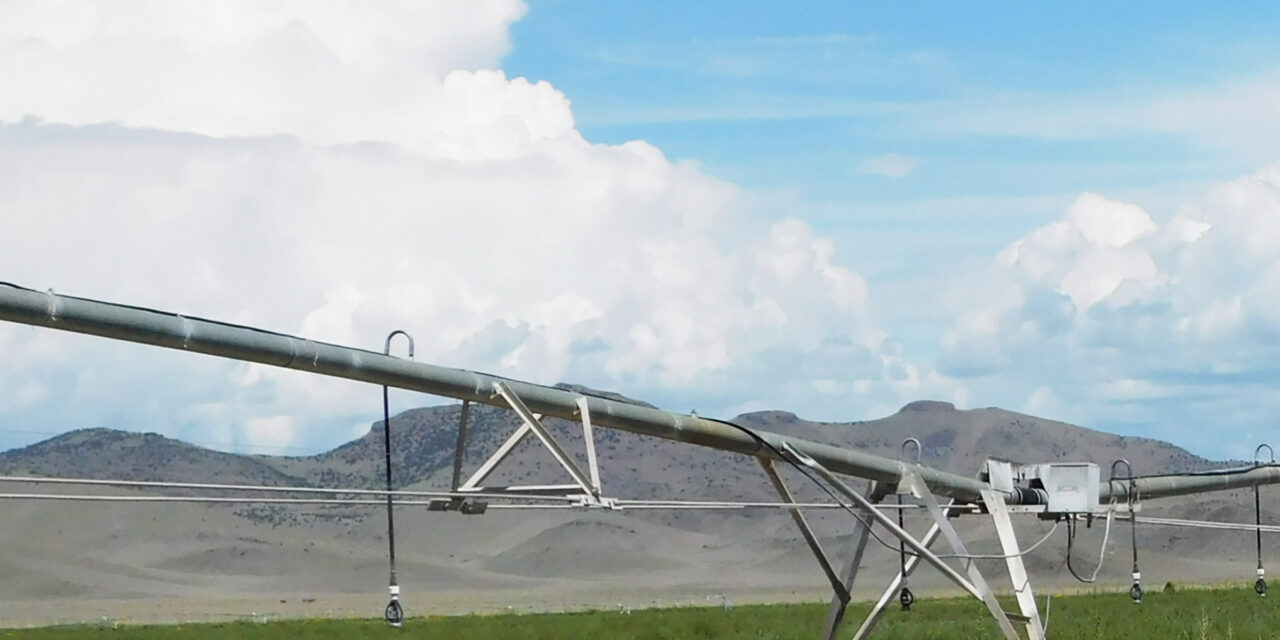Citing “significant hurdles” in a plan to send 23,000 acre-feet of water annually from the San Luis Valley’s (SLV) confined aquifer and deliver it to Douglas County, Abe Laydon effectively set the project aside last week in a 2-1 vote.
The Douglas County commissioner long had been the deciding vote in the highly controversial plan by Renewable Water Resources (RWR) to build a trans-basin pipeline and sell it to an unidentified end-user in Douglas County. The group, whose principals include former Gov. Bill Owens, sought funding through the American Rescue Plan Act.
The plan ignited strong opposition in the San Luis Valley, which had seen two previous proposals over the years to send water to the Front Range. The opposition included numerous environmental groups, Gov. Jared Polis, U.S. Senators John Hickenlooper and Michael Bennet, Colorado State Senator Cleave Simpson (who is also general manager of the Rio Grande Water Conservation District), and Third District Rep. Lauren Boebert.
Laydon had said through a series of due-diligence meetings on the proposal that he would wait to announce his position after hearing them through. Commissioner Lora Thomas had taken a hard stance against the plan from its inception while Commissioner George Teal was in favor. Records show Teal received campaign contributions from RWR principals.
Last week’s decision does not mean the plan is dead. “Right now there are simply too many significant and enormous hurdles for us to move forward on the project,” Laydon said. “That’s not to say we can’t explore this in the future; I think we certainly can, but RWR will have to do significant additional homework on all these fronts.”
By that, he was referring to a memo by Steve Leonhardt, an attorney hired by Douglas County to examine the RWR proposal. Among his findings was that the proposal runs counter to the Colorado Water Plan. It would most likely require a federal review under the Wirth Amendment due to potential harm to the Baca National Wildlife Refuge and Great Sand Dunes National Park.
As well, the project would need a developed augmentation plan to meet one-for-one water replacement. He wrote that an augmentation plan would need to prevent injury to water rights on the stream system and maintain the sustainability of both the valley’s confined and unconfined aquifers.
Leonhardt noted that RWR is developing a “legislative strategy” to address the issue.
Last week’s move gives the local response in the valley some breathing room.
“It’s refreshing to know that common sense has prevailed,” said the Director of San Luis Valley Ecosystem Council Christine Canaly. “It’s hard to grasp that such a debilitating (proposed) project for the San Luis Valley constituency and environment, and also burdening Douglas County taxpayers, would be given even a modicum of consideration.
“Each river basin has far more important work to do, to implement restoration and pursue sustainable water practice strategies that address each of their river compact obligations. Robbing Peter to pay Paul (taking water out of one basin to subsidize another) just exacerbates the problem.
“Any future growth needs to be well planned and managed with knowledgeable expertise,” she concluded.
Featured image: agricultural irrigation pivots in the San Luis Valley. Photo by Tara Flanagan.







Recent Comments